Unlocking the Secrets to a Thriving Indoor Herb Garden
Adding fresh herbs can make most dishes taste better, but buying them from grocery stores or supermarkets can be expensive.
Alternatively, starting an indoor herb garden is a great way to grow your own, especially when you have limited outdoor space, or just want to keep growing your veggies into the winter months.

If you are already growing herbs in your backyard, it’s easy to just move some of your favorites indoors and keep them growing throughout the year. Consider perennials such as ginger or lemongrass, which require protection from cold temperatures to survive. More winter-resistant plants like thyme, lavender, and sage can be relocated indoors too, so you can still enjoy them in the cold season.
Having an indoor herb garden not only provides a continuous supply of fresh culinary flavors, but also brings more color and fragrance into the home, as well as being a way to boost your mood. When selecting which herbs to grow, also consider the meals you want to cook with them, and which herbs are best compliments for your favorite dishes. Here are some suggestions for bringing fresh herbs indoors, so you can enjoy them all year round.
Easing your herbs indoors

If you already have an outdoor garden, you may start with cuttings from established herbs or plants. Herbs that can be planted easily from cuttings include mint, rosemary, basil and sage. Also consider lemon balm, oregano, and thyme, which can be divided up and brought indoors.
When first brought indoors, your herbs will need some time to adjust to their new surroundings. Place them in pots and set them up in a spot with bright but indirect lighting. After a week or two, you can move them to an area with at least four hours of direct sunlight or artificial lighting per day.
Watering
Different varieties of herbs have varying water needs. Popular varieties such as cilantro, mint, basil and parsley require more moisture in general. Others like rosemary, oregano, sage, and thyme grow better in drier soil. Water your herbs only when the soil surface feels dry, and avoid letting plants or pots sit in standing water. Adding a tray beneath the pots to catch excess water will also help maintain moisture without overwatering.
Give your herbs extra care
To help your herbs thrive indoors, give them a bit of extra love. Turn the pots once every week to allow all sides of your plants to get enough light. When the soil starts to feel dry, water to a depth of about one inch, and you can mist the leaves of plants every other day to help them retain moisture. Emptying excess water every now and then will keep your herbs clean and prevent the presence of pests.
Sometimes pests do show up. Keep an eye out for aphids, mites, and whiteflies. If you notice infestations, treat your plants promptly with insecticidal soap or neem oil.
Harvesting

Now, your herbs have settled indoors and are growing happily. They can be harvested once they have settled in and are at least 6-inches tall. You can simply cut some of the leaves for cooking, and this helps keep them productive. Some herbs can tolerate deeper cuts, which will help encourage more growth. To keep your herbs healthy, never remove more than one-third of a plant at any one time.
With a little preparation, most varieties of herbs can be grown indoors and enjoyed throughout the year. Grow them in pots or containers, and you can also take some of them back outside to be replanted in your garden. Whether you want to keep some around to spice up your meals, or to add to your houseplant collection, don’t forget to do the proper research and have fun too!







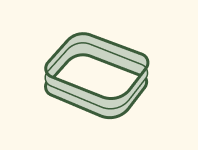


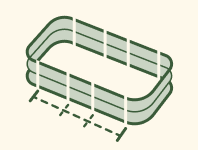






















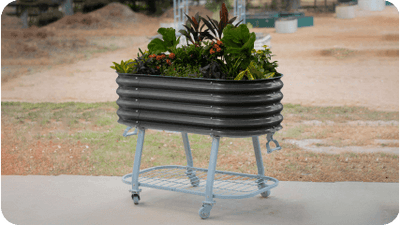









































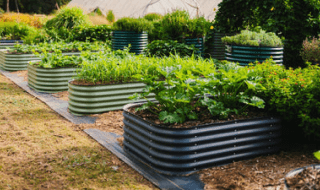
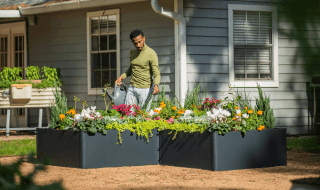
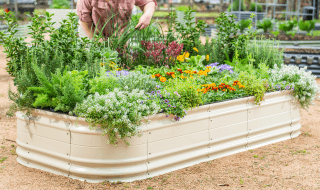
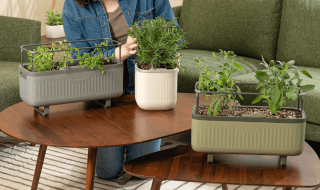
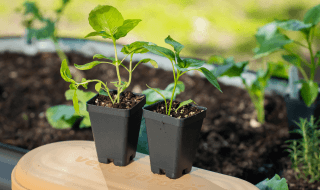
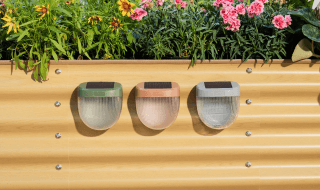
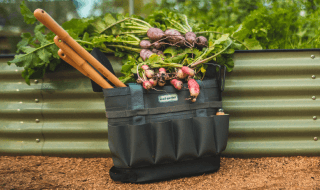
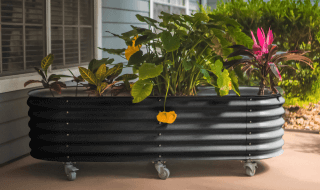







Leave a comment